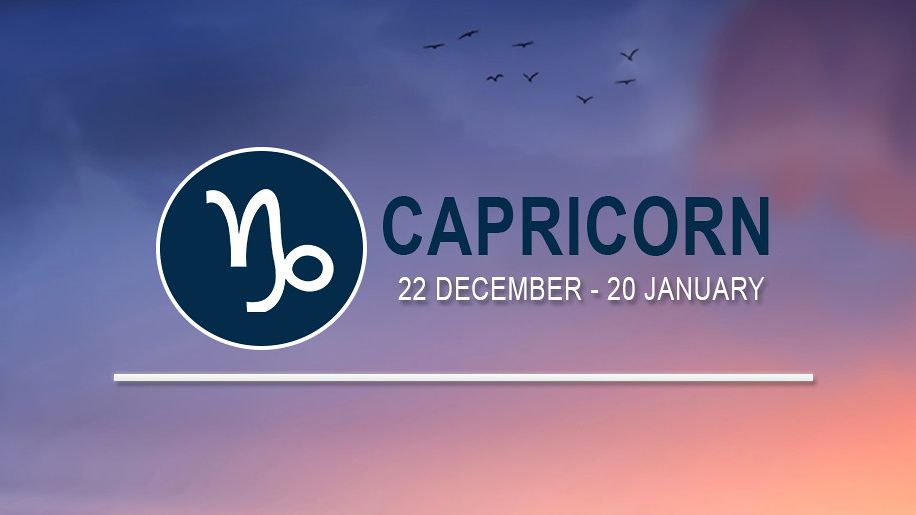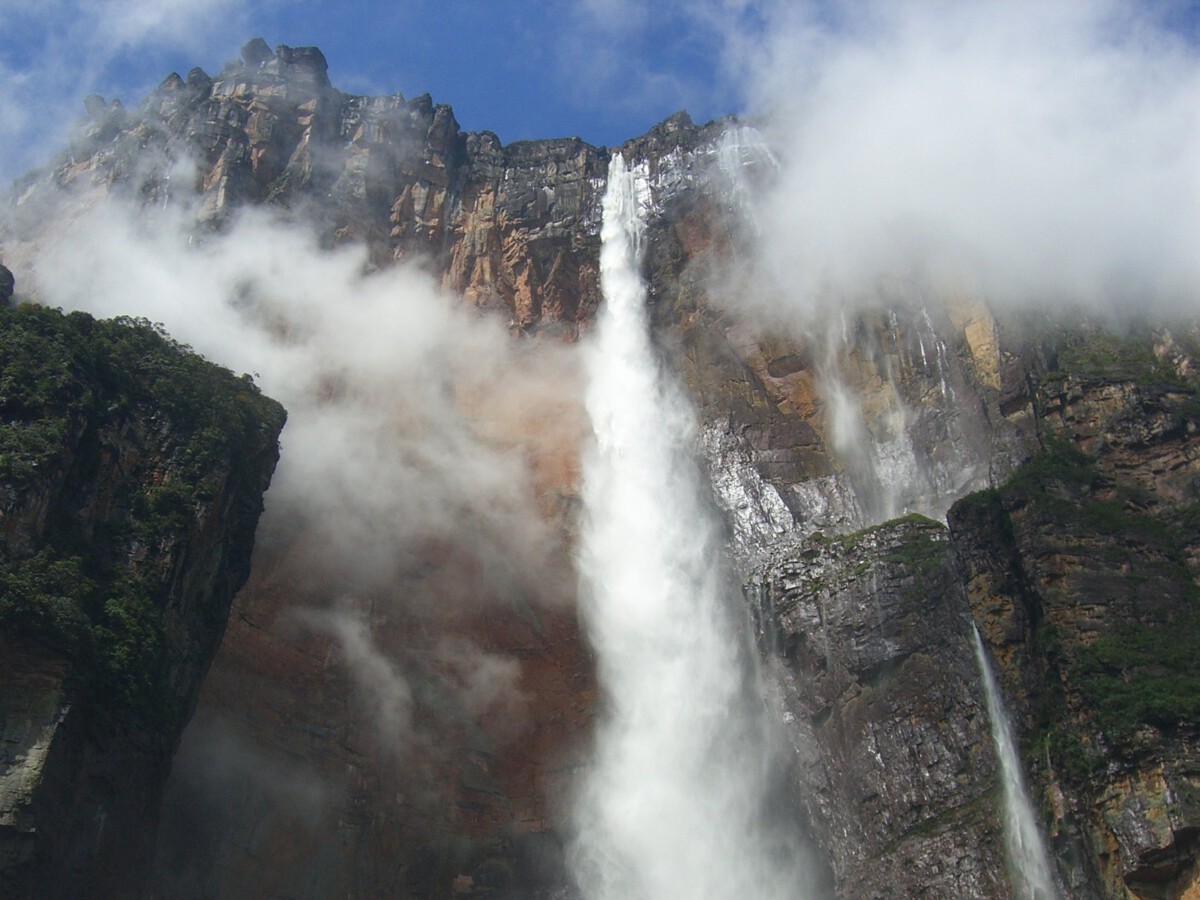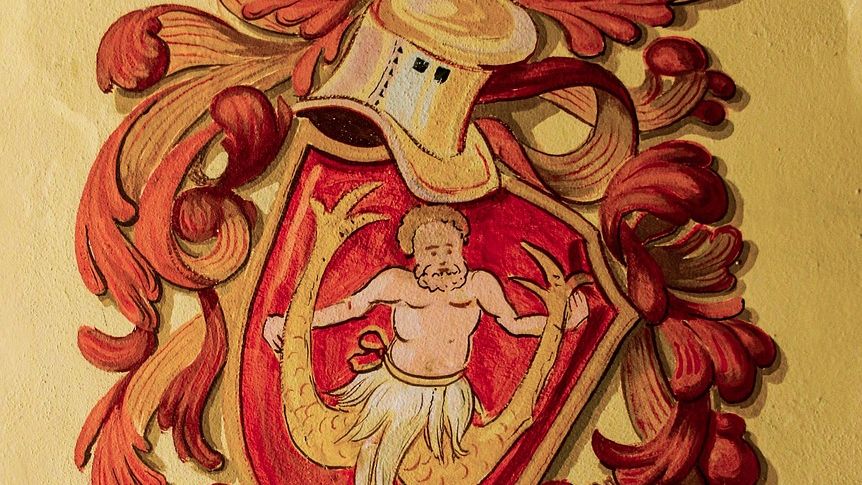Chasing the Aurora Without the Chill

Imagine gazing up at a sky swirling with green, purple, and pink ribbons of light, all while feeling cozy and warm. The Northern Lights, known scientifically as the aurora borealis, have lured adventurers and dreamers for centuries. But many people still believe you have to brave biting, subzero temperatures to witness this natural wonder. The truth is, recent travel trends and improved facilities make it possible to enjoy the aurora without shivering uncontrollably. Today, well-chosen destinations and innovative experiences promise dazzling displays along with comfort, making this dream more accessible than ever.
Fairbanks, Alaska: Heated Cabins and High Odds

Fairbanks is often called the “aurora capital” of the United States. While Alaska is famous for its cold, Fairbanks offers a surprisingly manageable climate, with average winter temperatures from 0°F to 20°F (-18°C to -6°C). What really sets it apart are the city’s heated viewing lodges and glass-roofed cabins, which let you watch the night sky in comfort. Many travelers book “aurora tours” that include transportation in warm vehicles and hot beverages on arrival. With an average of 240 aurora-visible nights per year, according to the local tourism bureau, your chances here are high. The city’s popularity continues to grow, with recent data showing a 15% increase in winter visitors since 2022.
Tromsø, Norway: Coastal Warmth and Arctic Lights

Tromsø is nicknamed the “Gateway to the Arctic,” but thanks to the Gulf Stream, it enjoys much milder winters than you might expect for its latitude. Winter temperatures usually hover around 23°F (-5°C), and the city is well-equipped for cold-weather comfort. From heated buses to glass-domed hotels, you don’t have to freeze to get a front-row seat to the auroras. The city’s lively nightlife and frequent light shows make it a favorite among younger travelers. According to the Tromsø Tourism Board, peak aurora season runs from December to March, with guided tours offering heated shelters along the way.
Reykjavik, Iceland: Lights Over a Cozy Capital

Iceland’s capital, Reykjavik, is famous for its geothermal pools and vibrant culture, but it’s also a surprisingly comfortable base for aurora hunting. Winter temperatures average around 30°F (-1°C), and the city is famous for its warm, inviting cafés and hotels. Many local operators run nighttime excursions to the countryside, where heated vans and portable shelters keep visitors warm while watching the sky. The Icelandic Meteorological Office now provides real-time aurora forecasts, which has boosted successful sightings for tourists. In 2024, Iceland saw a record number of aurora tourists, with over 100,000 visitors coming just for the lights from late August to mid-April.
Yellowknife, Canada: Cozy Domes and Crystal Clear Skies

Yellowknife, in the Northwest Territories of Canada, is renowned for its clear skies and high aurora activity, with an average of 240 aurora nights each year. While winter temperatures can plunge below -20°F (-29°C), many visitors now opt for heated aurora domes or glass-roofed cabins, which have become increasingly popular. Tour operators offer warm shuttle buses and indoor viewing lounges with panoramic windows. The Yellowknife Tourism Board notes that the city is one of the best places in North America for consistent aurora sightings, especially from mid-November to early April.
Abisko, Sweden: Microclimate Marvel for Warm Viewing

Abisko National Park in Sweden is famous for its unique microclimate that brings more clear nights than almost anywhere else in the aurora zone. Even though average winter temperatures are around 14°F (-10°C), the Abisko Sky Station provides heated indoor viewing platforms and even serves hot chocolate to guests. Local hotels offer extra-warm bedding and saunas to keep guests comfortable after a night of sky watching. Recent statistics from the Swedish Tourist Association show that the station has a 70% success rate for aurora sightings during the main season, from late November to March.
Svalbard, Norway: Polar Nights and Heated Adventures

Svalbard sits halfway between Norway and the North Pole, making it an Arctic frontier for aurora chasers. Despite average winter temperatures of 10°F (-12°C), the main town of Longyearbyen is equipped with modern comforts, including heated hotels and restaurants. Many aurora excursions offer insulated snowmobiles or heated sleds, so you can enjoy the polar night without numbing your fingers. The Svalbard Tourism Board highlights that auroras here can even appear during daytime hours in the polar night season from late September to early April, a rare and unforgettable experience.
Kiruna, Sweden: Glass Rooms and Unique Icehotel

Kiruna, deep in Swedish Lapland, has become a hotspot for aurora tourism, thanks in part to the world-famous Icehotel. While the outdoor temperature averages 15°F (-9°C), most aurora watchers stay in heated glass igloos or cabins with panoramic skylights. The Icehotel offers both “cold” rooms for the adventurous and “warm” rooms for those who prefer comfort. Guided northern lights tours often include heated buses and wilderness cabins equipped with wood stoves. The best months for aurora viewing are December to March, when the polar night provides long, dark evenings.
Lapland, Finland: Igloos With a View

Lapland in northern Finland is a winter wonderland, and its innovative accommodations have made it a favorite for those who want to see the aurora without suffering through the cold. Glass-roofed igloos, heated log cabins, and luxury resorts are scattered across the region, allowing guests to watch the sky from the warmth of their own beds. Winter temperatures average around 20°F (-6°C), but with saunas and hot tubs in most hotels, guests stay toasty no matter how cold it gets outside. The Finnish Meteorological Institute’s aurora forecasts help visitors plan their outings for the highest chances of seeing the lights, especially between late August and April.
Murmansk, Russia: Warmth in the Far North

Murmansk, located above the Arctic Circle in Russia, offers another option for aurora enthusiasts who want to avoid extreme temperatures. The city’s winter average is around 19°F (-7°C), and its growing number of hotels and tour providers now cater to comfort-seekers. Many guided tours include warm transportation and use of indoor observation decks, so guests don’t have to linger outside for hours. Murmansk is also known for its cultural attractions and hearty local cuisine, making it possible to pair aurora chasing with a rich travel experience. The city’s popularity among international tourists has risen steadily since 2022, with more than 60,000 visitors in the last aurora season.
Scottish Highlands, United Kingdom: Aurora With a Mild Edge

Though not as famous as the Nordic countries, the Scottish Highlands sometimes offer glimpses of the aurora, known locally as the “Mirrie Dancers.” Thanks to the Gulf Stream, this region stays relatively mild, with winter temperatures averaging 36°F (2°C). Cozy bed and breakfasts, heated pubs, and even castles provide shelter for aurora watchers. The best chances for sightings are in the far north, such as Caithness and Sutherland, especially during strong solar activity. The UK Met Office has reported increased aurora sightings since 2023, making this a promising option for those who want to avoid harsher climates.
Southern Greenland: Warmth Meets Wilderness

Southern Greenland is emerging as a new destination for aurora seekers looking for a balance between adventure and comfort. The coastal climate keeps winter temperatures around 23°F (-5°C), and several lodges and hotels now offer heated rooms with large windows overlooking the sky. Guided tours often include warm clothing rentals and hot meals, so even the less adventurous can enjoy the spectacle. The Greenland tourism industry has invested in new infrastructure over the past two years, making aurora tourism more accessible than ever.
Hokkaido, Japan: Subtle Lights and Hot Springs

For a truly unique aurora experience, Hokkaido in Japan is a surprising choice. While the aurora is less frequent and less intense here, the combination of milder winter temperatures (around 27°F or -3°C) and abundant hot springs makes for a relaxing adventure. Some northern resorts offer aurora viewing packages, combining stargazing with soaking in outdoor onsens. The Japanese Meteorological Agency has documented occasional aurora sightings in the last decade, particularly during strong solar events.
Travel Smart: Tips for Staying Warm and Comfortable

No matter where you choose to chase the Northern Lights, smart planning makes all the difference. Look for accommodations with indoor observation areas, heated outdoor lounges, or glass-roofed rooms. Pack thermal layers, but don’t forget cozy socks, slippers, and even hand warmers for extra comfort. Many tour operators now provide warm drinks, hot snacks, and insulated waiting areas—small touches that transform a cold night into a memorable adventure. With technology like real-time aurora forecasts and improved amenities, it’s easier than ever to focus on the magic in the sky, not the chill in your bones.





